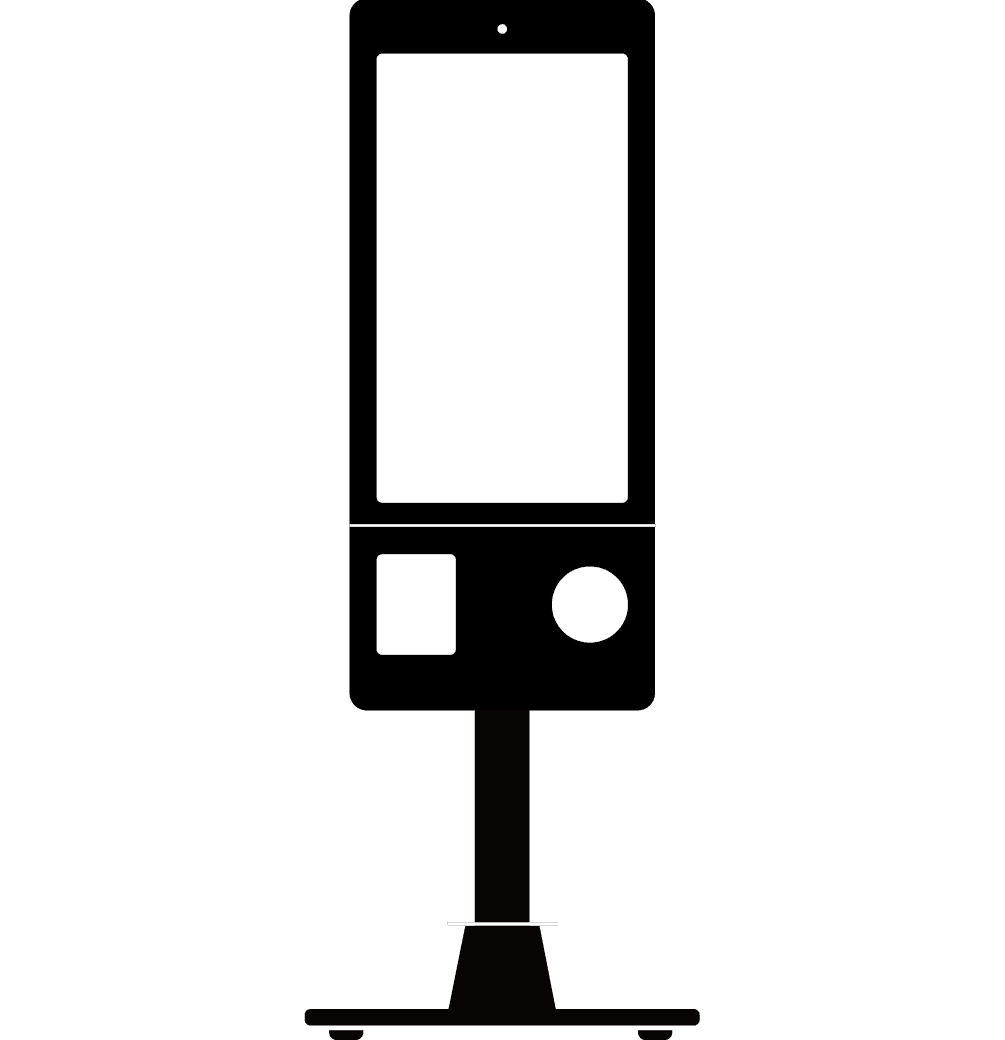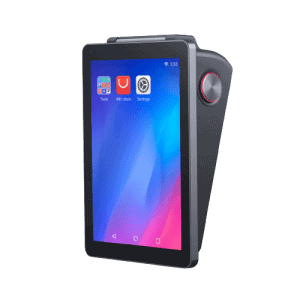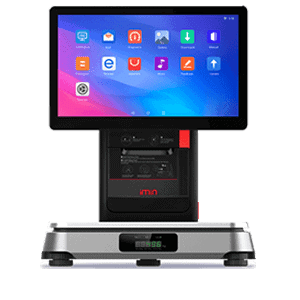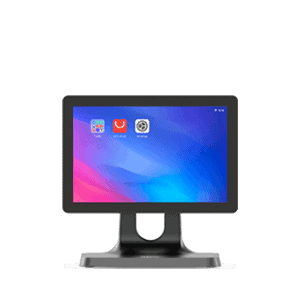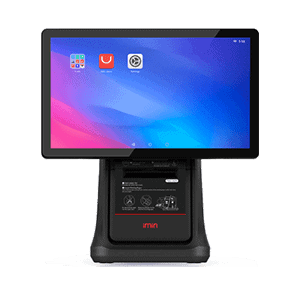Merchant Machine Malaysia
There are a few advantages in using a merchant machine at Malaysia. Most of them are the reason why the trend of payment in Malaysia are going to be cashless and through online soon.
Making Payments
Although having card terminals in your business would incur some costs, it provides the business with flexible payment options available to the customers. In addition, it can potentially increase your customer base. In addition, some customers would prefer to pay using cards as this provides for an audit trail of their spending.
Being Competitive
Getting a payment terminal would make your business more competitive, and if not, on par with your competition in terms of payment methods available to the customers. Accepting credit and debit card gives your business an edge against someone who accepts cash-only transactions.
Cashless Transaction
Currently, many people are less inclined to carry tons of cash, as it is inconvenient and could potentially be a threat to their security. Therefore, majority of the people have credit and debit cards which relieves them of this insecurity and inconvenience. This also provides assurance, that they will always have enough money to pay for the item of interest.
The Transaction Flow
Step 1: The customer purchases goods or services from the merchant with a credit card; the clerk at the point of sale swipes the credit card through a point-of-sale (POS) terminal or device to obtain the information stored on the customer’s card and then inputs the amount of the transaction.
Step 2: This information is transmitted to the merchant bank (acquiring bank). The information is transmitted in one of the following ways:
- Standard terminal – The sales authorization request is submitted through a standard phone line connection to the acquiring bank.
- IP terminal – The sales authorization request is submitted through an Internet connection to the acquiring bank with a specially designed terminal.
- Processing software – The sales authorization request is submitted through an Internet connection to the acquiring bank using computer software (such as PCCharge Pro) and a small magnetic stripe reader. No traditional terminal is needed.
- Payment processing gateway – The sales authorization request is submitted through an automated Internet website, which communicates with the acquiring bank.
Step 3: The merchant bank captures the transaction and forwards the information to the customer’s card-issuing bank through the bank card association network.
Step 4: The association system then routes the transaction to the issuing bank and requests an approval. The transaction is approved or declined depending on the status of the cardholder’s account.
Step 5: The issuing bank sends back the response. If the transaction is approved, the issuing bank assigns and transmits the authorization code back to the card association.
Step 6: The authorization code is sent from the card association to the acquiring bank.
Step 7: The acquiring bank routes the approval code or response to the merchant’s terminal. Depending on the merchant or transaction type, the merchant’s terminal may print a receipt for the customer to sign (or the customer signs electronically), which obligates the customer to pay the amount approved.
Step 8: The issuing bank bills the customer.
Step 9: The customer pays the bill to the issuing bank.





